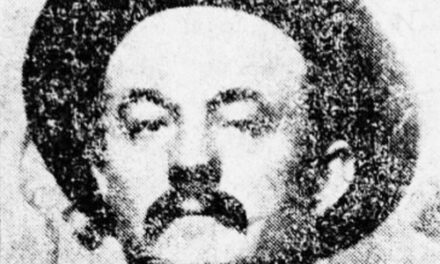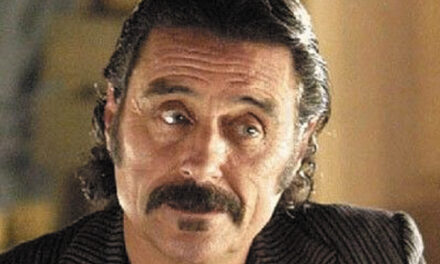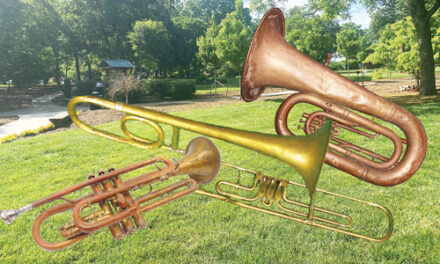
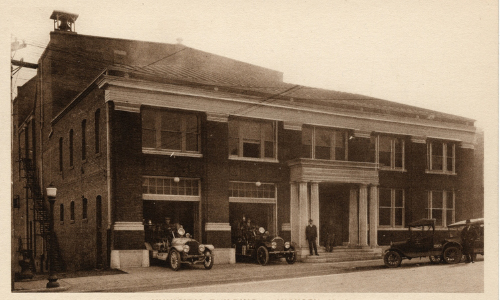
The New Hickory Municipal Building the center of activity in the city.
What would it have been like to live in Hickory 100 years ago? In some ways, it’s similar to today. New projects signify the city has a promising future, full of opportunity. Here is an assessment from 1922. “Hickory is a comparatively new town, electronically lighted, well paved has ample schools and churches, several suburbs immediately adjacent to city limits with a total population of 12,500 people and one of the best towns anywhere.” Except for the population numbers, you could say much the same about the city today (although no one would likely marvel any more at electric lights.
There were two new accomplishments that folks were pointing to as significant when spring came that year, both brand new. One promised jobs, the other civic pride. In West Hickory, still a separate community in 1922, George Ivey built a new type of factory, still using wood but something folks had not seen before. As children began to clamor for store-bought toys instead of the homemade things used for generations, the Southern Toy Company began building “juvenile furniture,” described as “shooflies, rocking horses, dolls, cars and similar products,” all made of wood. The firm even offered a merry-go-round that would seat two dollies, designed by a local resident.
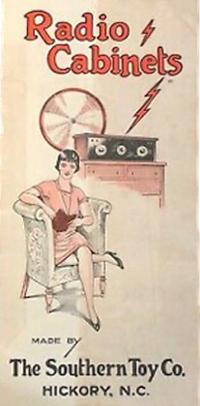
Catalog for the Southern Toy Company, a new business in 1922.
It was the perfect time to start a toy company. Many thought the best toys made were by German hands, but the outcome of World War I changed American views on all things Deutschland. As part of its product line, Southern Toy expanded to include walnut and mahogany boxes to house the components of a radio in. Building radios was a popular pastime and learning experience for young boys (primarily), who delved into the science of wireless transmission by buying components from magazines like Radio News and Radio World. Advertisements also included Southern Toy’s Iveyline, Piedmont and Carolina cabinets to make the finished appliance look like part of the decor.
The longer lasting achievement was the recent completion of the Hickory Municipal Building. Finished in November of 1921 at a cost of $125,000, everything the city offered could now be found in one location. It was City Hall and then some. The fire department with trucks ready to hit Watauga Street (now 3rd St. NW) were parked within the lower right front of the facility, that also housed a meeting room (council chambers). The complex contained the mayor’s office, tax collectors office, and jail cells. The Charlotte Observer liked the “ornate design,” writing that the structure had “a character that would be a credit to many a larger town than Hickory.”
The most impressive aspect to the building was the inclusion of an auditorium, that served as a gathering space. Groups like the American Legion rented out the hall for get-togethers while the city used the space for a variety of events. For decades, movies, meetings and a host of other activities kept the auditorium at the center of action in Hickory. When city government moved into a new location in 1977 on the other side of Union Square, the facility found adaptive reuse (in the mid 80s) as the home of Hickory Community Theatre, still a hub of activity.
The citizens of 1922 had just celebrated Hickory’s first 50 years as a growing city, enjoying a local economy on the rise while they made sure they had a place to rendezvous as a city. Has much really changed?



